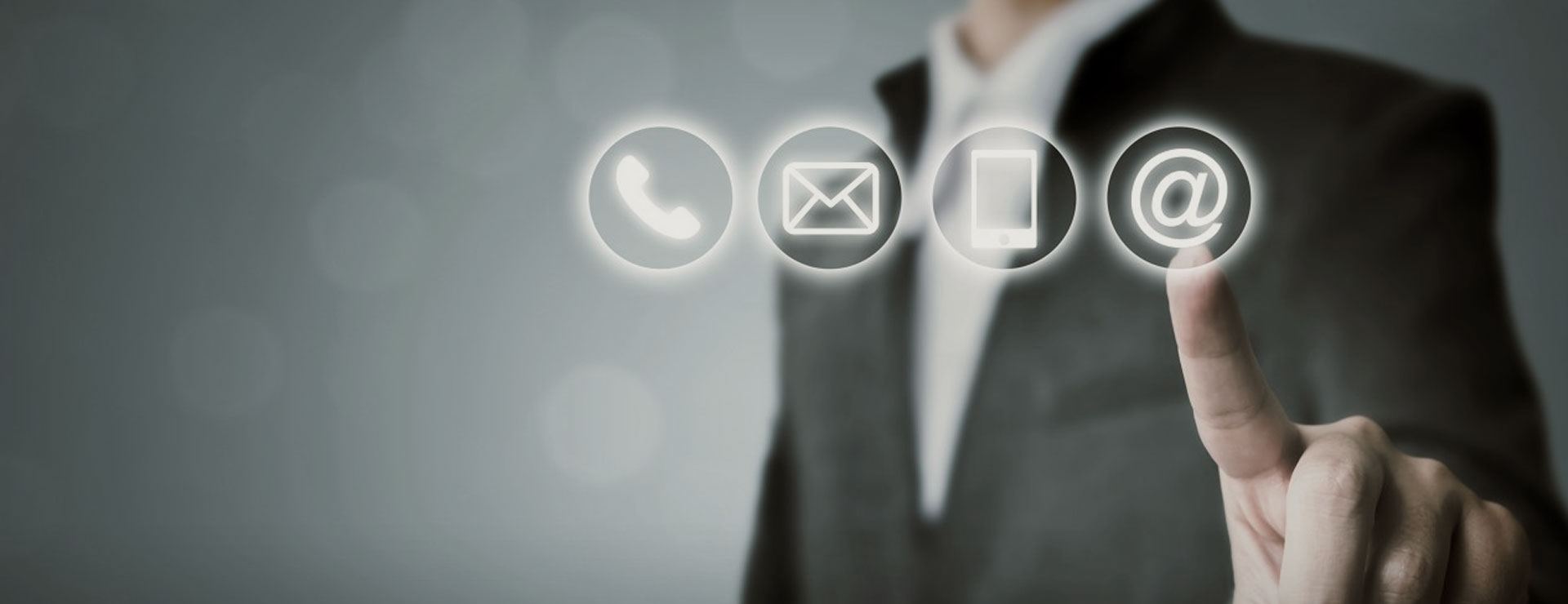A
Shenzhen Hope Microelectronics Co., Ltd. is an IoT system-level service brand manufacturer integrating high-performance radio frequency chip design, firmware and protocol and application testing and development. As a senior original manufacturer of domestic BLE wireless chips, it has successively launched a number of independently developed and designed BLE chips such as CMT4502, CMT4522, CMT4552, and CMT4531. On this basis, it has launched HM-BT4502, HM-BT4502B, HM-BT4522, HM -BT4531, HM-BT4531B, HM-BT2204, HM-BT2101, HM-BT2102, HM-BT2701 and other BLE modules. Combining a rich BLE product line and strong application research and development capabilities, HOPERF has launched a series of BLE solutions, including smart BLE key solutions, BLE smart water meter solutions, BLE smart home appliance solutions, BLE data transparent transmission solutions, etc., to help users can complete BLE product designs and bring them to market faster.
Explore More

